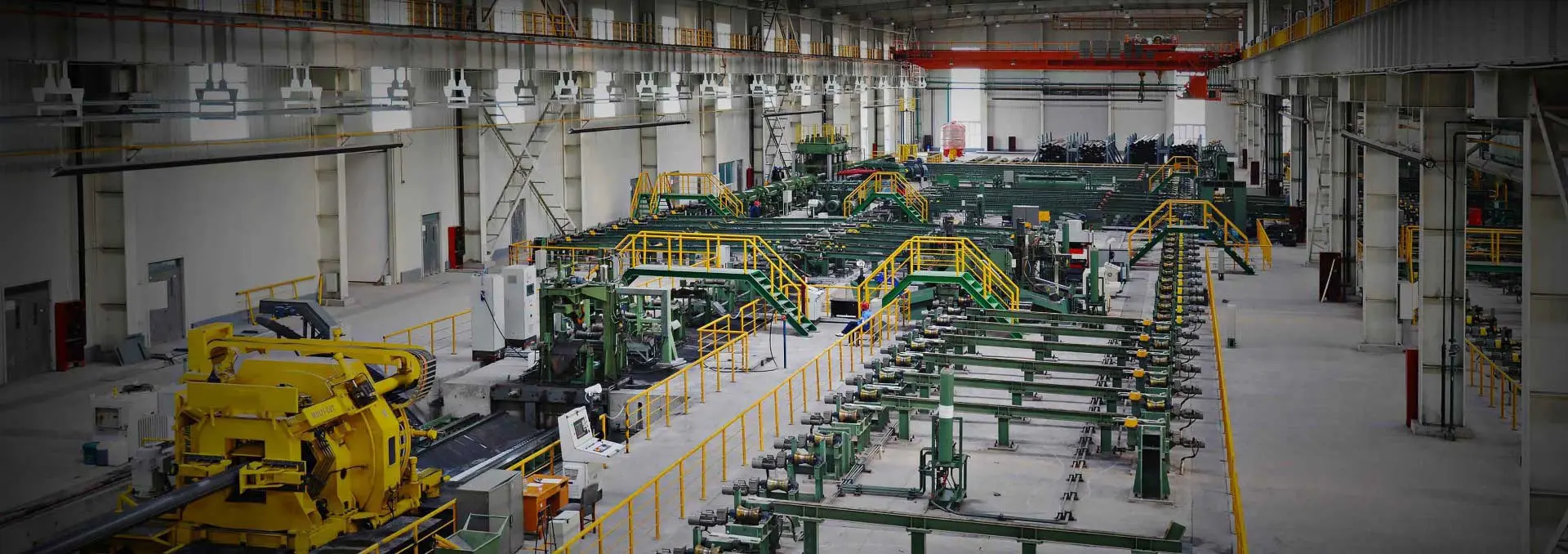Spiral steel pipes, also known as spiral welded pipes, are manufactured by rolling strips of low-carbon structural steel or low-alloy structural steel at an angle to form a continuous tube blank. The edges of the tube are then welded together along the spiral seam. This production method allows the creation of large-diameter steel pipes using relatively narrow steel strips, making SSAW pipes highly versatile for specific applications like water pipelines, piling, and structural supports.
How to Identify Inferior Spiral Steel Pipes
Detecting substandard spiral steel pipes is crucial for ensuring structural integrity and performance. Below are key characteristics and warning signs of inferior spiral pipes:
- Tendency to Fold:
Inferior spiral steel pipes often show folds or creases along the seam or surface. These folds are usually caused by poor quality control during production or improper rolling techniques, compromising the pipe's durability.
- Surface Defects:
Defects such as numbness or scarring are common in inferior pipes. These occur due to uneven materials and poor equipment used during manufacturing, resulting in an inconsistent surface finish.
- Lack of Metallic Luster:
High-quality spiral steel pipes exhibit a metallic shine. Inferior pipes, on the other hand, have a dull appearance, often light red or resembling pig iron, indicating low-grade materials.
- Prone to Scratches:
Low-strength steel used in counterfeit pipes makes them more susceptible to scratches during handling or use, signaling poor material quality and inadequate manufacturing processes.
- Inconsistent Inner Diameter:
The inner diameter of an inferior spiral pipe fluctuates significantly, reflecting inadequate control over the rolling and forming process.
- Elliptical Cross-Section:
Inferior pipes often exhibit an elliptical (oval-shaped) cross-section instead of being perfectly round. This defect typically arises from an excessive reduction in material thickness during the early stages of rolling. Pipes with elliptical sections suffer from reduced strength and fail to meet dimensional standards.
Additional Tips for Evaluation
- Welding Quality: Check the consistency and alignment of the weld seam. Poor welding may lead to visible cracks or uneven surfaces.
- Thickness Uniformity: Use measurement tools to ensure that the pipe's wall thickness is even throughout its length.
- Compliance with Standards: Verify that the pipe meets relevant specifications (e.g., API 5L or ASTM standards) for its intended application.
- Material Testing: Perform mechanical tests such as tensile strength or hardness tests to confirm the material's quality.
Conclusion
High-quality spiral steel pipes are vital for maintaining safety and efficiency in construction and industrial applications. By carefully inspecting physical characteristics and conducting appropriate tests, buyers can avoid purchasing inferior products and ensure optimal performance in their projects.

 English
English Español
Español




 Tel : +86-18565811709
Tel : +86-18565811709 Email :
Email : 
 News
News




